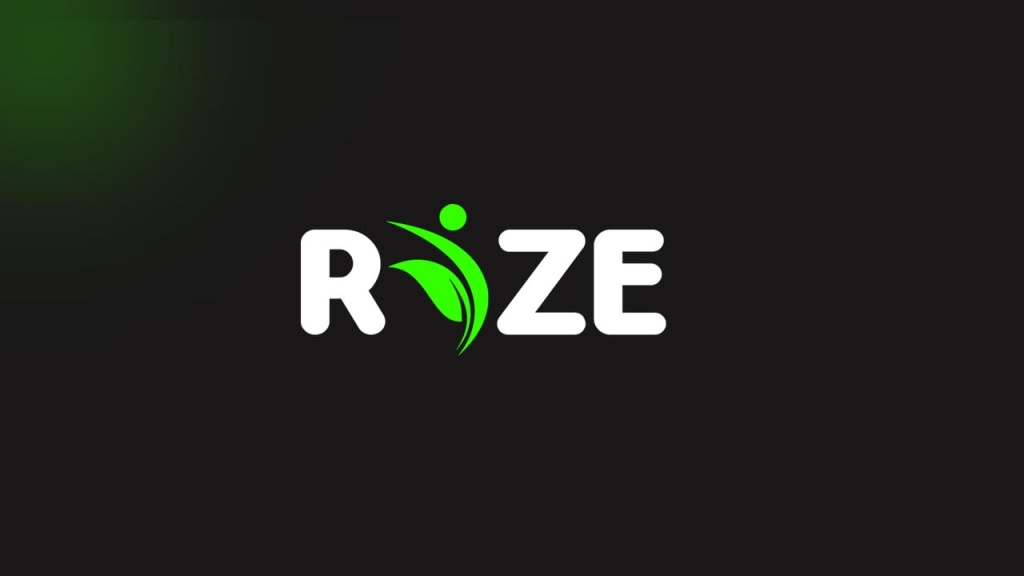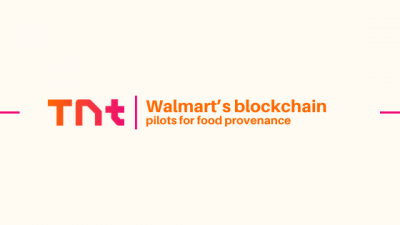Maui, Hawaii, May 10, 2023, ZEX PR WIRE, Rize is about to launch a decentralized multichain NFT marketplace that is attracting a lot of attention in the in the crypto space. Rize is built on a layer one 3rd generation enterprise grade blockchain called Coreum.

Rize is issuing an airdrop to almost all blockchains and many projects; including Ethereum, Polygon, Avalanche, Solana, XRP, Coreum, Sologenic, Cosmos, Teritori, Stargaze, Osmosis, Near, Tezos, Cardano, Hedera, and BSC. Rize chose to do this to support the NFT space and crypto space as a whole during this tough market.
The Marketplace is launching this month, as soon as this week! Stay tuned for your chance to win extra tokens, free customizable profiles, and exclusive whitelist opportunities!
The team also shared its roadmap for 2023, which includes whitepaper publication, token utility enhancement, strategic partnerships, XRP to Cosmos crosschain bridge, and more.
Rize’s Bet on the NFT Community
Rize is a decentralized marketplace that offers a safe place to trade not just on one blockchain but on almost all chains. This means that when someone lists a NFT it won’t just be one small community seeing their NFTs, it will be multiple communities and many blockchains.
Rize also features direct peer-to-peer serverless messaging. Therefore, individuals can connect and discuss various pieces of artwork. This allows for the exchange of ideas and feedback, leading to better art pieces, and a way to haggle, barter and deal for anyone’s favorite NFTs, with no more missed sales or opportunities.
With social app features from other popular sites like Instagram, Rize offers likes, comments, and other great features for NFT holders. Among these, it’s possible to have a customizable profile to strut users’ styles and showcase their favorite assets like never before.
The Rize Earnwise Initiative
Rize is more than an NFT marketplace, with its Rize Earnwise Validator!
How to earn with Rize? Stake Coreum with Rize Earnwise validator and come to https://rize2day.com and listen to podcasts, interviews, and informational content on tech and self development. In doing so you will be rewarded for your time by focusing on your self development. These features are in beta, yet, the pool for rewards continues to grow!
All funds made by Rize are given back to the community and Rize’s systems are self-sustaining and run by smart contracts that can be changed by consensus voting.
Rize is the future of decentralization and the way to hold space for a self-sustainable communities.
Remember Rize
Rize is a platform focused on empowering users within the Web3 space. It offers users a safe and secure place to communicate without worrying about their data being given away or stolen.
Rize allows for multichain connections, allowing anyone to take advantage of what each chain can do when used together.
Rize is built on Coreum a 3rd generation layer 1 blockchain. Anyone deciding to check out Coreum should look into staking with Rize Earnwise to maximize their earning potential!
Those wishing to learn more about the space can do so through the social media pages listed below. The social media pages and the team’s website provide details and knowledge on topics related to the project’s ecosystem.



Comments